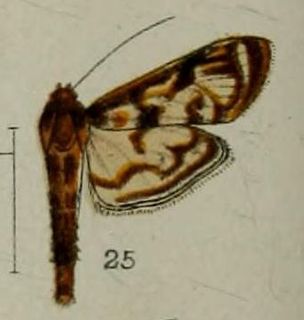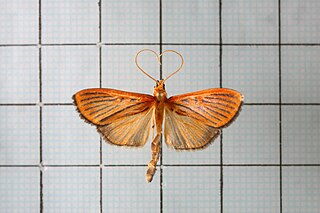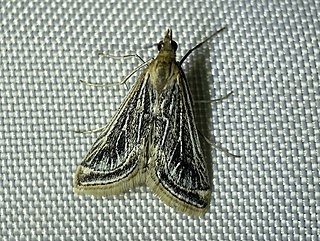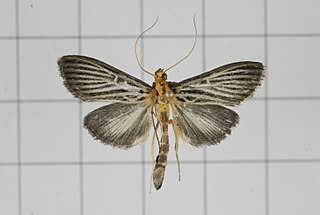
Amanda Leigh Moore is an American actress, singer, and songwriter. She rose to fame with her debut single, "Candy", which peaked at number 41 on the Billboard Hot 100. Her debut studio album, So Real (1999), received a platinum certification from the RIAA. The title single from her second studio album, I Wanna Be With You (2000), became Moore's first top 30 song in the U.S., peaking at number 24 on the Hot 100. Moore subsequently released the studio albums Mandy Moore (2001), Coverage (2003), Wild Hope (2007), Amanda Leigh (2009) and Silver Landings (2020).

Black Rose: A Rock Legend is the ninth studio album by Irish rock band Thin Lizzy. Released in 1979, it has been described as one of the band's "greatest, most successful albums". It was the first time that blues rock guitarist Gary Moore remained in Thin Lizzy long enough to record an album-- after previous brief stints in 1974 and 1977 with the band. The album peaked at No. 2 on the UK charts-- making it the band's highest-charting album in the UK. It was their fourth consecutive album to be certified Gold by the BPI.

Rhimphalea is a genus of small moths, which is part of the family Crambidae.

Tyspanodes is a genus of moths of the family Crambidae described by William Warren in 1891.

Talanga sexpunctalis is a moth of the family Crambidae described by Frederic Moore in 1887. It is found in South-east Asia, including Kolkata, Hong Kong, New Guinea, Thailand and Queensland in Australia.

Tyspanodes striata is a species of moth of the family Crambidae described by Arthur Gardiner Butler in 1879. It is found in China, Taiwan and Japan.

Pyrausta linealis is a moth in the family Crambidae. It was described by Charles H. Fernald in 1894. It is found in North America, where it has been recorded from eastern Washington to California and Nevada.
Eudonia linealis is a species of moth in the family Crambidae. This species is endemic to New Zealand. It is classified as "Data Deficient" by the Department of Conservation.

Tyspanodes nigrolinealis is a moth in the family Crambidae. It was described by Frederic Moore in 1867. It is found in Sikkim, India and Cambodia.
Tyspanodes fascialis is a moth in the family Crambidae. It was described by Frederic Moore in 1867. It is found in India.
Tyspanodes creaghi is a moth in the family Crambidae. It was described by George Hampson in 1898. It is found on Borneo and in Papua New Guinea and Australia, where it has been recorded from Queensland.
Tyspanodes hemileucalis is a moth in the family Crambidae. It was described by George Hampson in 1897. It is found in Australia, where it has been recorded from Queensland.

Tyspanodes hypsalis is a moth in the family Crambidae. It was described by Warren in 1891. It is found in China, Korea and Taiwan.
Tyspanodes metachrysialis is a moth in the family Crambidae. It was described by Oswald Bertram Lower in 1903. It is found in Australia, where it has been recorded from Queensland.
Tyspanodes piuralis is a moth in the family Crambidae. It was described by Schaus in 1920. It is found in Peru.

Tyspanodes radiata is a moth in the family Crambidae. It was described by George Hamilton Kenrick in 1907. It is found on New Guinea.
Tyspanodes cardinalis is a moth in the family Crambidae. It was described by George Hampson in 1896. It is found in India (Nagas).
Tyspanodes flaviventer is a moth in the family Crambidae. It was described by Warren in 1891. It is found in India.
Hyposada postvittata is a moth of the family Noctuidae first described by Frederic Moore in 1887. It is found in Sri Lanka and Australia.

Margaroniini is a tribe of the species-rich subfamily Spilomelinae in the pyraloid moth family Crambidae. The tribe was erected by Charles Swinhoe and Everard Charles Cotes in 1889.











